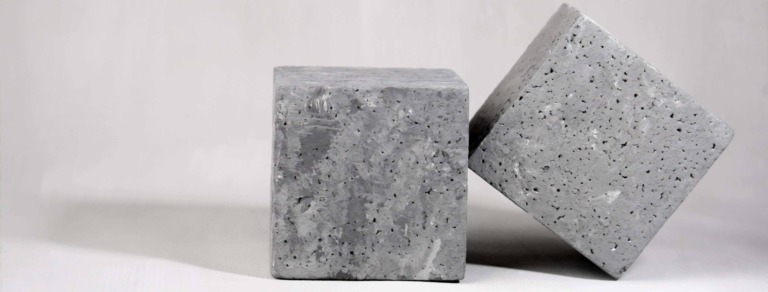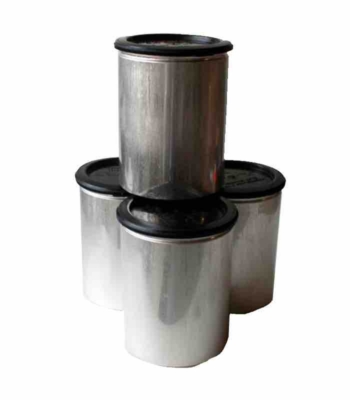Was ist Beton?
Der Werkstoff ist ein Gemisch aus Zement, Gesteinskörnung (z.B. Kies oder Sand) und Anmachwasser. Der angerührte Beton kann an der Luft oder unter Wasser aushärten. Durch eine chemische Reaktion wird das Gemisch warm und treibt das Anmachwasser aus. Das Endprodukt ist sehr hart und wird unter anderem als künstlicher Stein bezeichnet.

Welche Eigenschaften hat Beton?
Der Baustoff ist formbar. Verarbeitbarkeit, Abbindverhalten, Erhärten, Dauerhaftigkeit lässt sich durch die Wahl des Zusatzmittels beeinflussen. Grundsätzlich sind die Eigenschaften des Betons von dem Wasser-Zement-Verhältnis, der Verdichtung und der Oberflächenbeschaffenheit abhängig.
Weitere wichtige Eigenschaften für den Beton sind die Druckfestigkeit, Würfelfestigkeit und die Zylinderfestigkeit (im Ausland).
Wo wird der Werkstoff eingesetzt?
- Hochbau (Wohnungsbau, Industriebau, Skelettbau, Plattenbau, Schalen, Kühltürme )
- Tiefbau ( Tunnelbau, Senkkästen, Rohre, Pfähle, Schlitzwände)
- Verkehrsbau (Brücken, Straßen, Rollfelder)
- Wasserbau (Staumauern, Hafenanlagen, Molen, Schleusen, Unterwasserbau)
- Allgemein (Fundamente, Wände, Stützen, Balken, Decken)
Welche Betonarten gibt es?
- Zementbeton: Besteht aus Zement, Wasser, Gesteinskörnungen und ggf. Zusätzen zur Beeinflussung bestimmter Eigenschaften
- Frischbeton: Wird erst vor Ort angerührt
- Fertigteil: Bereits vorproduzierte Betonteile werden zur Baustelle geliefert und stehen sofort für die Weiterverarbeitung bereit
- Wasserundurchlässiger Beton
- Beton mit hohem Frostschutz
- Beton mit hohem Widerstand gegen chemische Angriffe
- Beton mit hohem Verschleißwiderstand
- Unterwasserbeton
- Beton für hohe Gebrauchstemperaturen
- Leicht-, Normal– und Schwerbeton
Welche Prüfverfahren und Untersuchungsaspekte gibt es für Beton?
- Ermittlung der Druckfestigkeit durch Druckversuche
- Analysen der Ausgangstoffe (Zemente, Zusatzstoffe und Zusatzmittel)
- Bestimmung der Spaltzug- und Biegezugfestigkeit
- Bestimmung der Fugendruckfestigkeit
- Bestimmung der Haftscherfestigkeit
- uvm.



